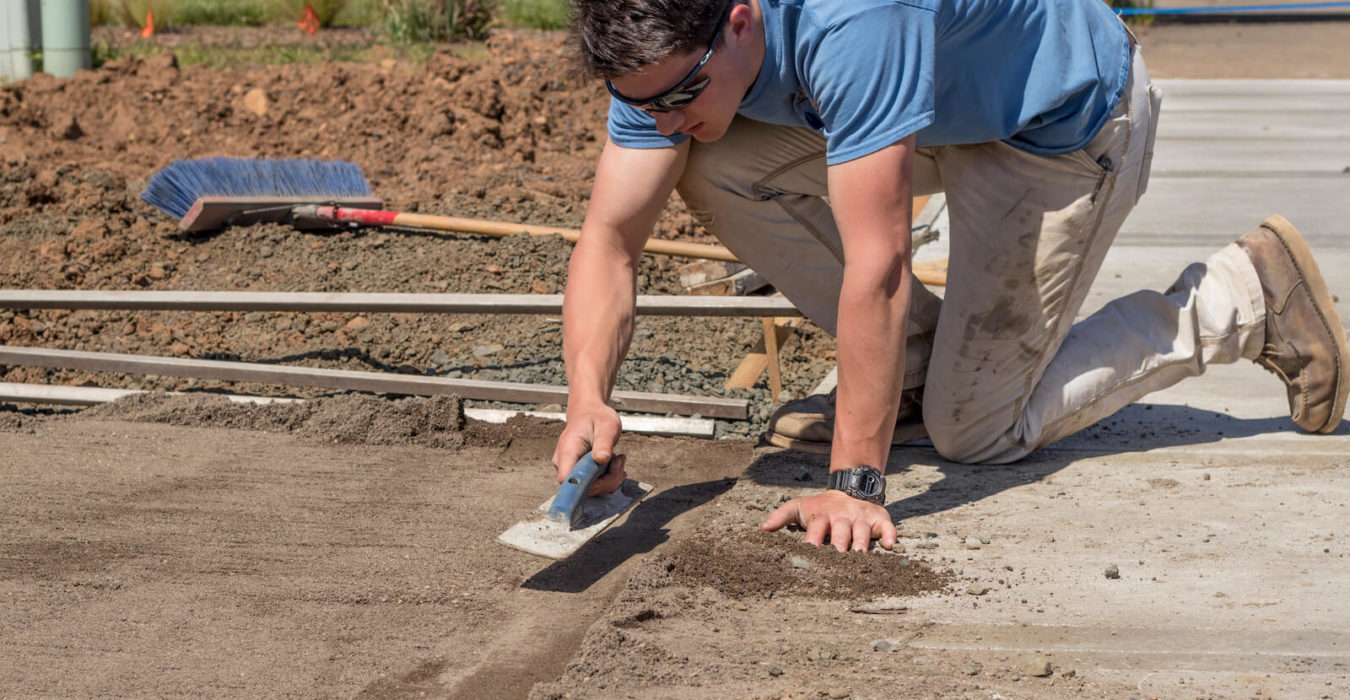
Paver Installation Safety: A Comprehensive Guide
Introduction
Paver installation is a popular and versatile method of creating beautiful and durable outdoor surfaces. However, it is important to prioritize safety throughout the installation process to prevent injuries and accidents. This article provides a comprehensive guide to paver installation safety, covering all aspects from planning to completion.
Planning
Site Assessment
- Inspect the installation area thoroughly for any potential hazards, such as underground utilities, slopes, or uneven surfaces.
- Determine the necessary safety precautions based on the site conditions.
Material Handling
- Choose pavers that are appropriate for the intended use and load requirements.
- Store pavers in a safe and stable location to prevent tripping or falling.
- Use proper lifting techniques when handling heavy pavers.
Equipment Selection
- Select the appropriate tools and equipment for the job, including paver saws, tampers, and screeds.
- Ensure that all equipment is in good working order and meets safety standards.
- Wear appropriate personal protective equipment (PPE), such as safety glasses, gloves, and a dust mask.
Installation
Base Preparation
- Excavate the installation area to the proper depth and slope.
- Compact the base material thoroughly to provide a stable foundation.
Paver Placement
- Lay the pavers in a level and consistent pattern.
- Use a rubber mallet to tap the pavers into place and ensure proper alignment.
- Avoid overtightening the pavers, as this can lead to cracking.
Jointing
- Fill the joints between the pavers with polymeric sand or other approved jointing material.
- Use a broom or brush to sweep the sand into the joints.
- Compact the joints to ensure stability and prevent weed growth.
Compaction
- Compact the installed pavers using a plate compactor or vibrating tamper.
- Start from the edges and work towards the center, overlapping passes to achieve uniform compaction.
- Avoid overcompaction, as this can damage the pavers.
Edging
- Install paver edging around the perimeter of the installation to secure the pavers and prevent movement.
- Choose edging materials that are durable and appropriate for the intended use.
Safety Precautions
Tripping Hazards
- Keep the installation area clear of debris and obstacles.
- Use caution when walking on newly installed pavers, as they may be slippery.
- Install safety mats or anti-slip coatings in areas where there is a risk of slipping.
Falling Hazards
- Use ladders or scaffolding when working at heights.
- Ensure that ladders are stable and secured before climbing.
- Wear a harness or fall protection system when working on elevated surfaces.
Electrical Hazards
- Be aware of underground electrical lines and avoid digging near them.
- Use caution when operating power tools and equipment near electrical sources.
- Ground all electrical equipment properly.
Heat Hazards
- Work during cooler hours of the day to avoid heat exhaustion or heat stroke.
- Drink plenty of fluids and take breaks as needed.
- Wear loose-fitting, lightweight clothing and sunscreen.
Ergonomic Hazards
- Use proper lifting techniques to avoid back injuries.
- Take breaks to stretch and rest to prevent muscle strain.
- Use ergonomic tools and equipment to reduce physical stress.
Environmental Hazards
- Wear a dust mask to prevent inhalation of dust and debris.
- Use eye protection to shield against flying particles.
- Dispose of waste materials properly to prevent environmental contamination.
Emergency Preparedness
- Have a first aid kit readily available on-site.
- Know the location of the nearest hospital or medical facility.
- Establish emergency contact procedures in case of an accident.
Conclusion
Paver installation safety is paramount to ensure a safe and successful project. By following the guidelines outlined in this article, you can minimize risks and create a beautiful and durable outdoor surface that will provide years of enjoyment. Remember to prioritize safety throughout the planning, installation, and maintenance phases of your paver project.